Use the light diffuser with multiple lenses to provide dramatically softened light to your subject. After years of experimenting with adapters and getting mixed results we’ve developed a multi-purpose system that is specifically designed for stacking and stitching operations on a robotic camera system. The result is a flexible system that delivers consistent diffused light at extremely close ranges to the subject.
- Uses common 58mm threads
- Accepts 58mm filters and polarizers
- Diffuser plate rotates independently
- Dual surface diffuser plate
- Flash heads can be positioned independently

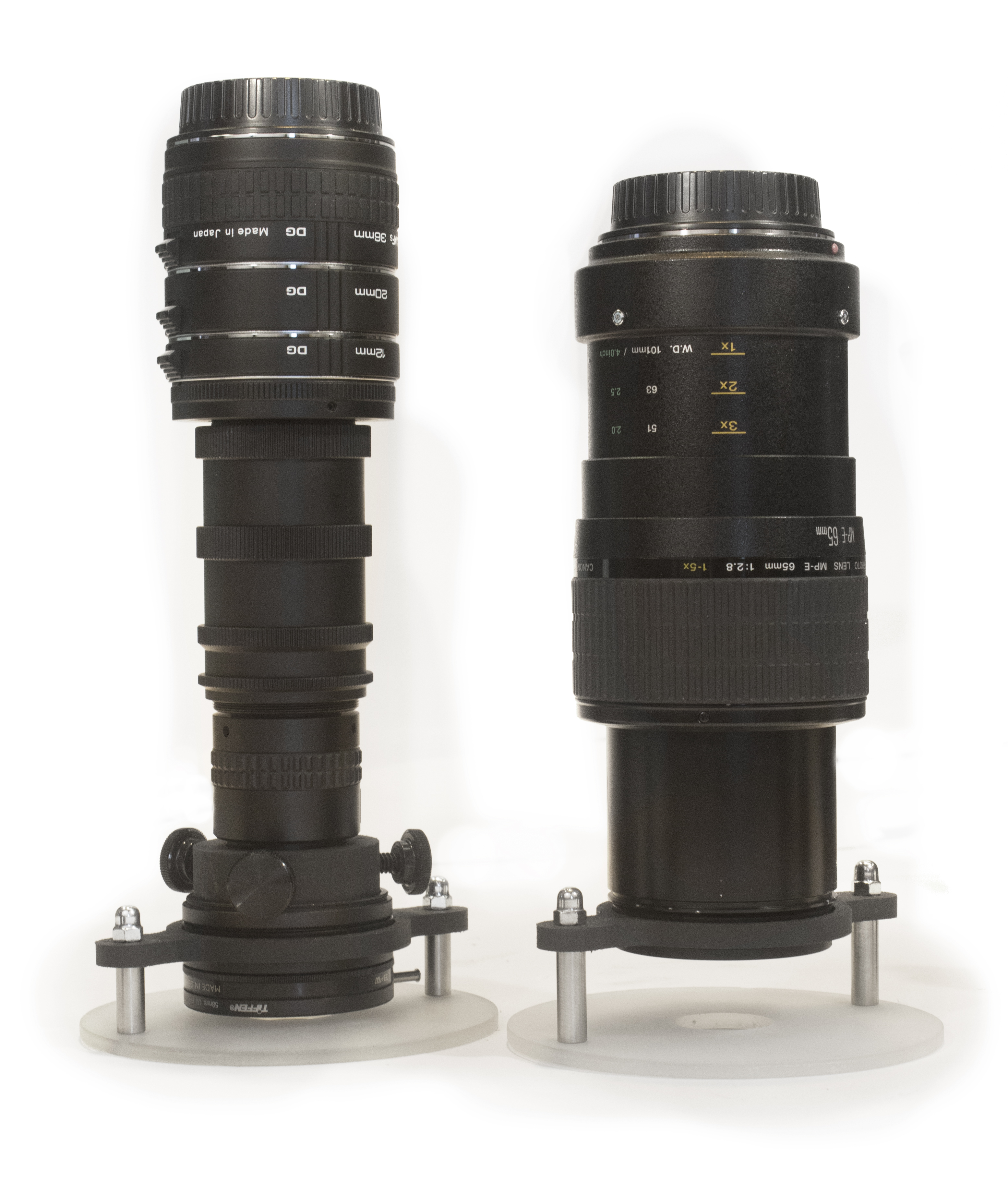
Distance to Subject
The closer the diffusion surface is to the subject, the more diffused the light. For this reason, we avoid diffusers on the flash heads which create a more directional light and are general less diffuse.
Variable Intensity and Direction
You can vary the light intensity and direction by moving the flash heads independently from the diffuser. This allows a wide range of lighting effects to be possible, which keeping a consistent level of diffusion.
Polarization + Diffusion
You might think that cross polarization is not possible with a diffuser, but in fact it works quite well for many applications. The polarization effect is diminished since the light is scattering as it passes the diffuser, but the overall effect tends to produce very good results.
Why Not Ringlights?
Ringlights are typically in a fixed position and do not offer the ability to vary the lighting direction or angle. For that reason alone, we often use the diffuser to allow us to independently move the flash ends. This gives us an extremely wide range of lighting options and variability.
The forensic toolmark casing comparisons below illustrate the differences across a range of different lighting configurations. These illustrate the variety of combinations possible when using one or more flash heads in combination with cross polarization. These are single images only (not focal stacked) taken purely for the comparison of lighting conditions.
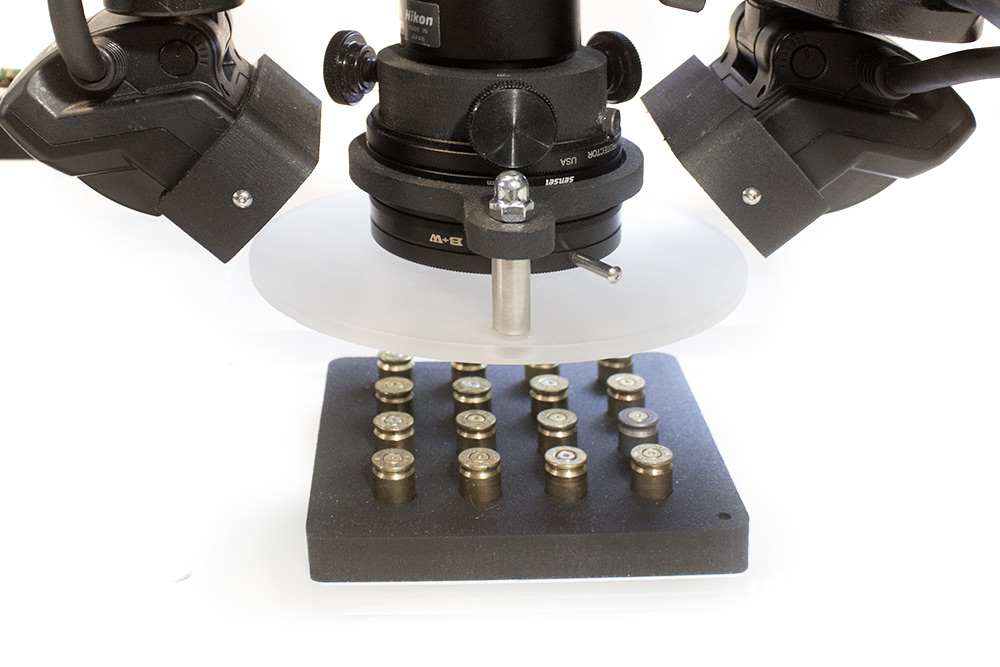

Single flash head without polarization
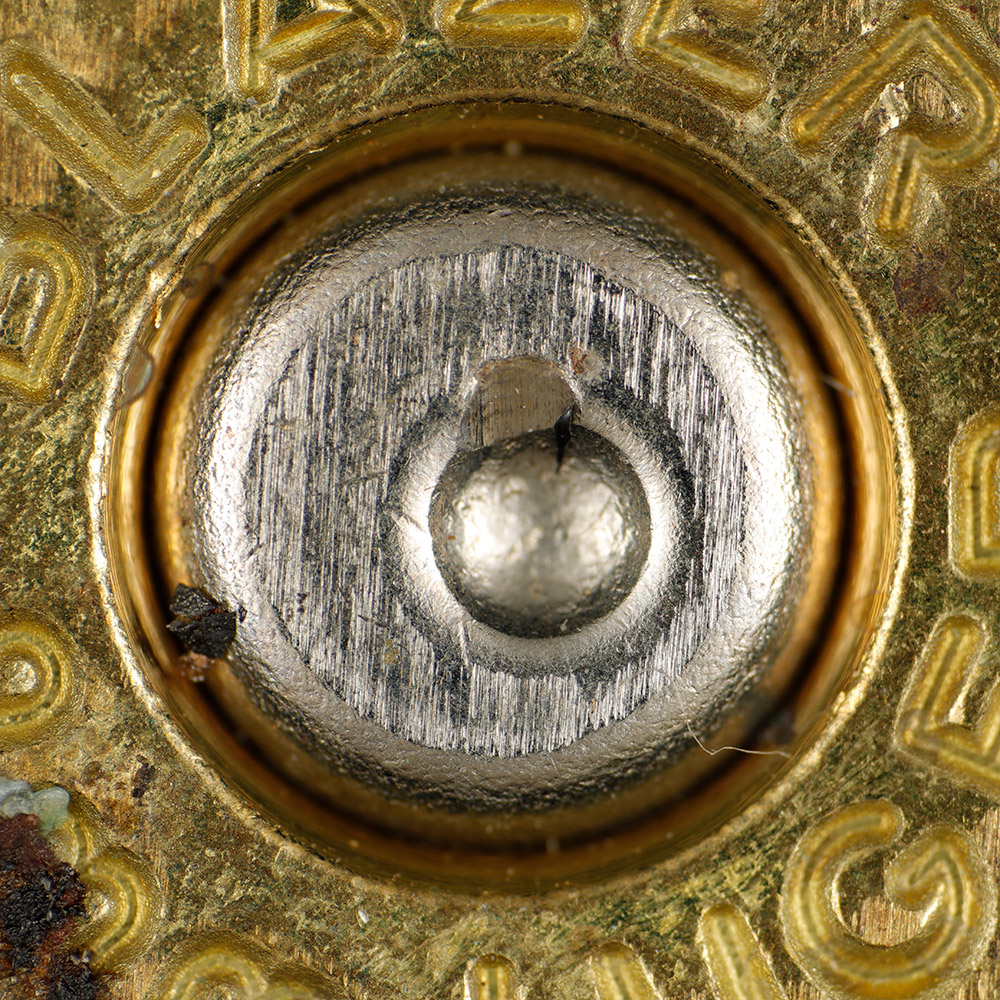
Dual flash head without polarization
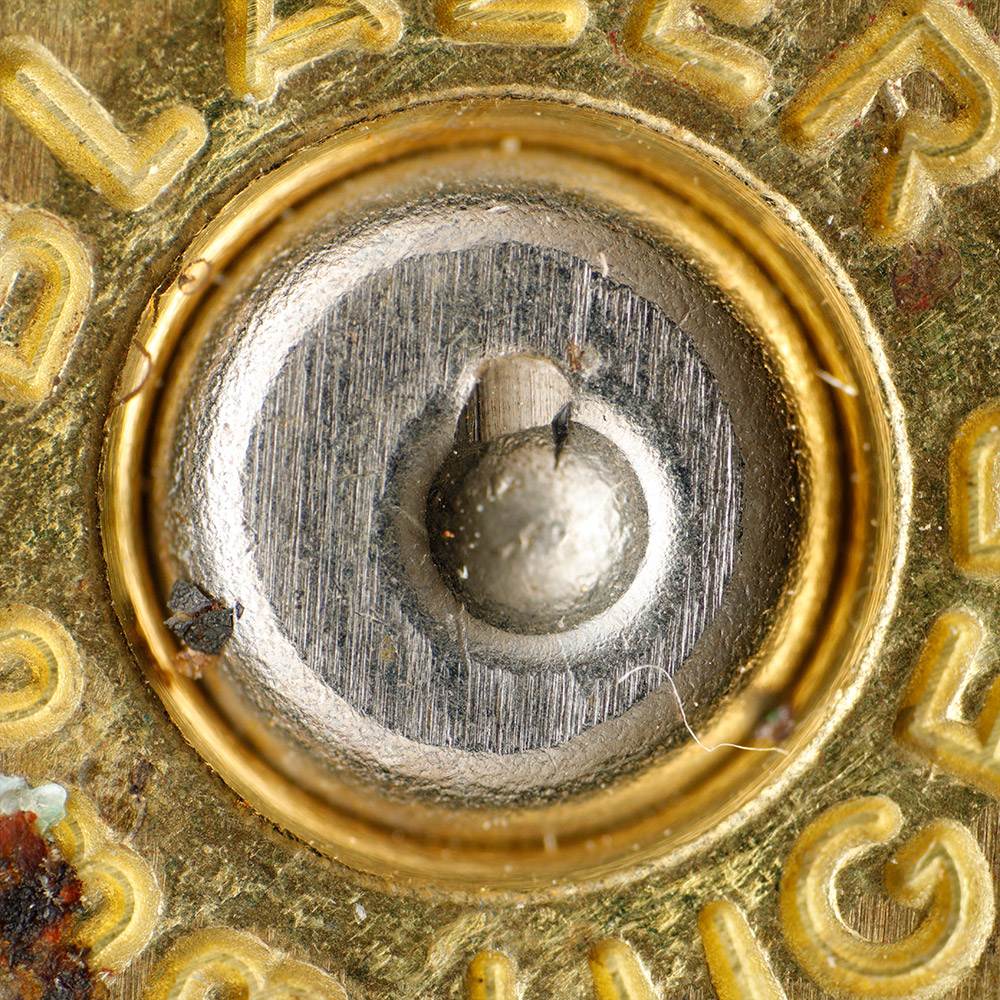
Single flash head with cross polarization

Dual flash head without polarization
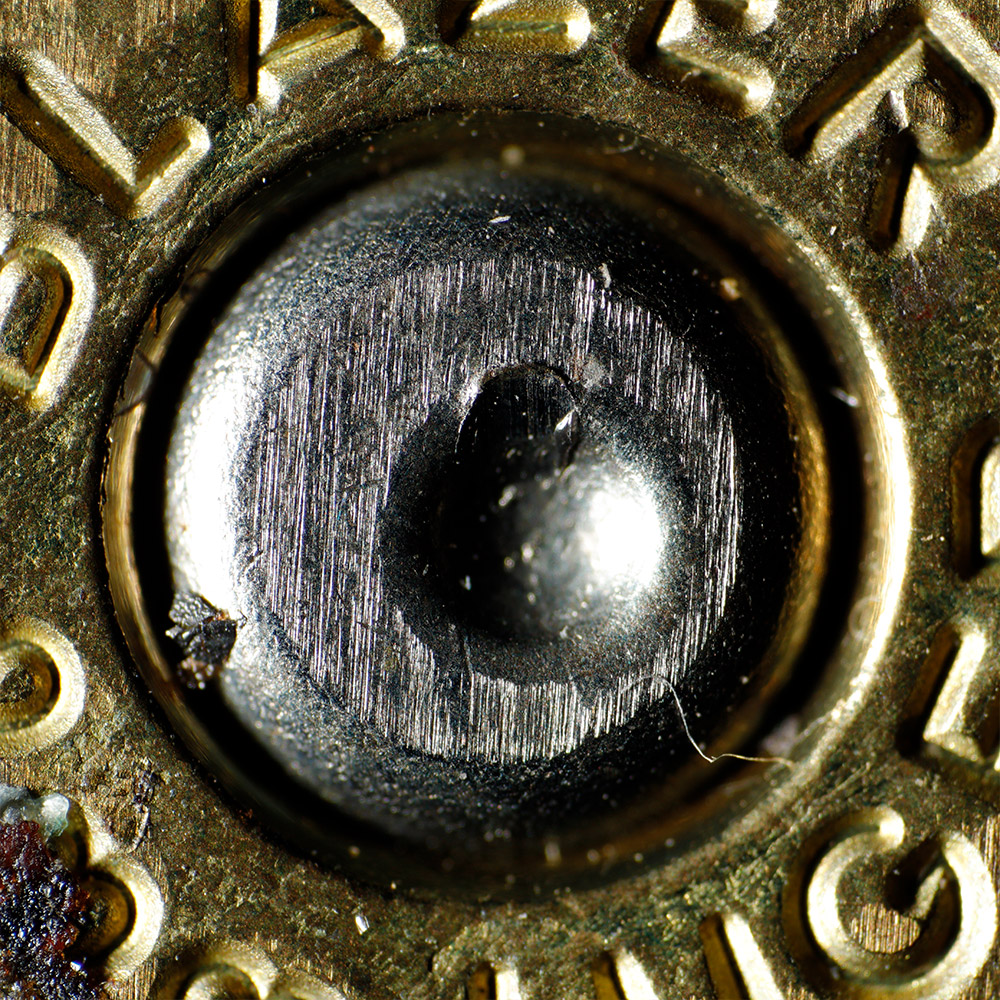
Single flash head without polarization
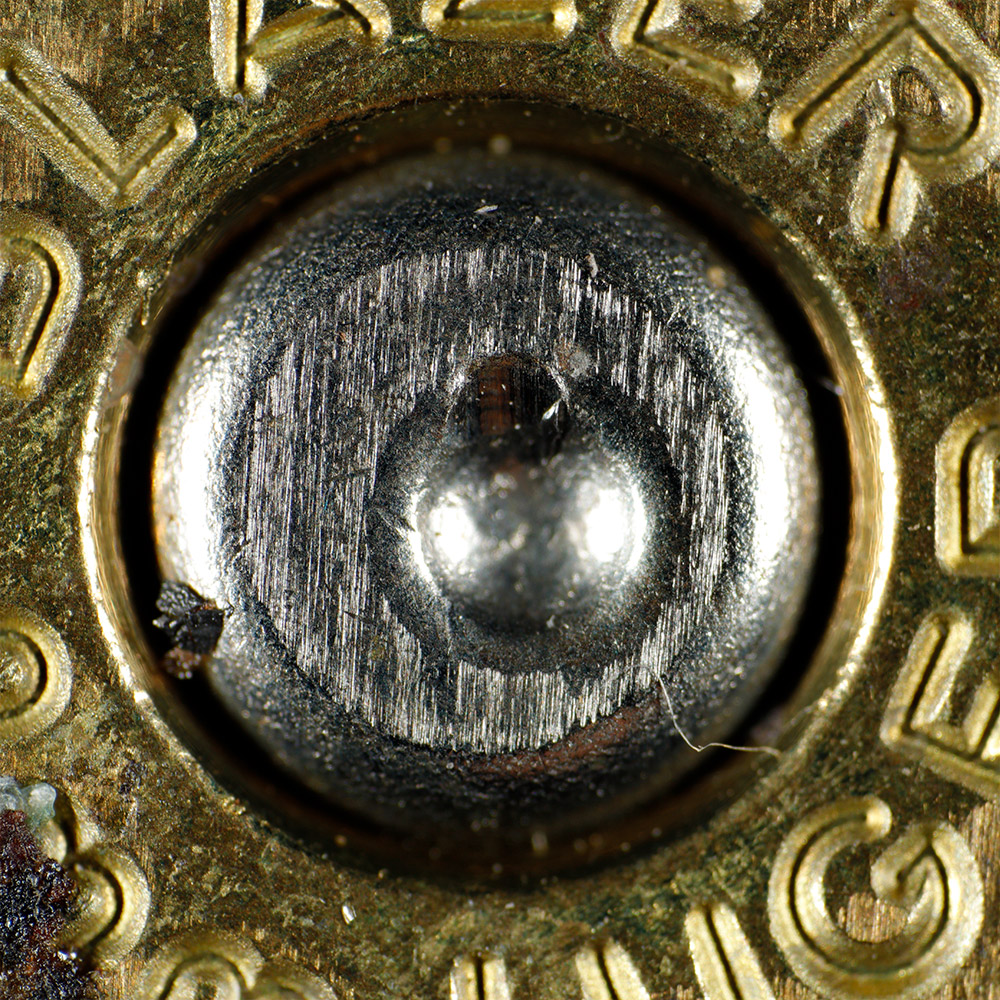
Dual flash head without polarization

Single flash head with cross polarization
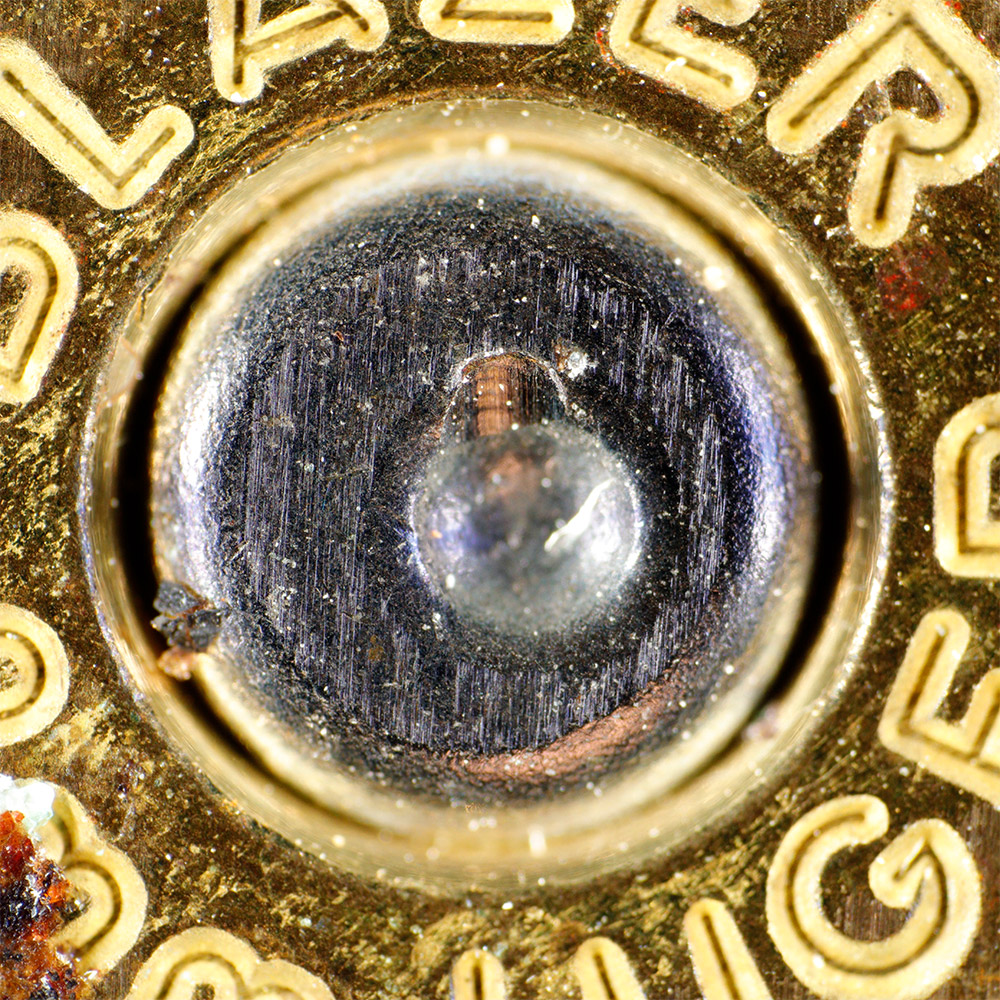
Dual flash head without polarization
